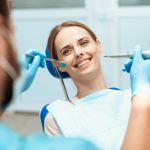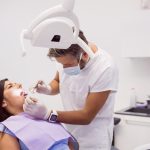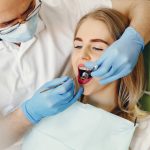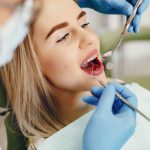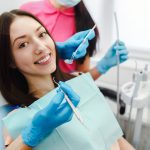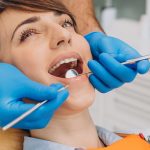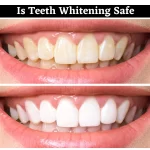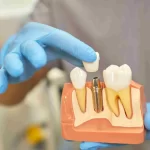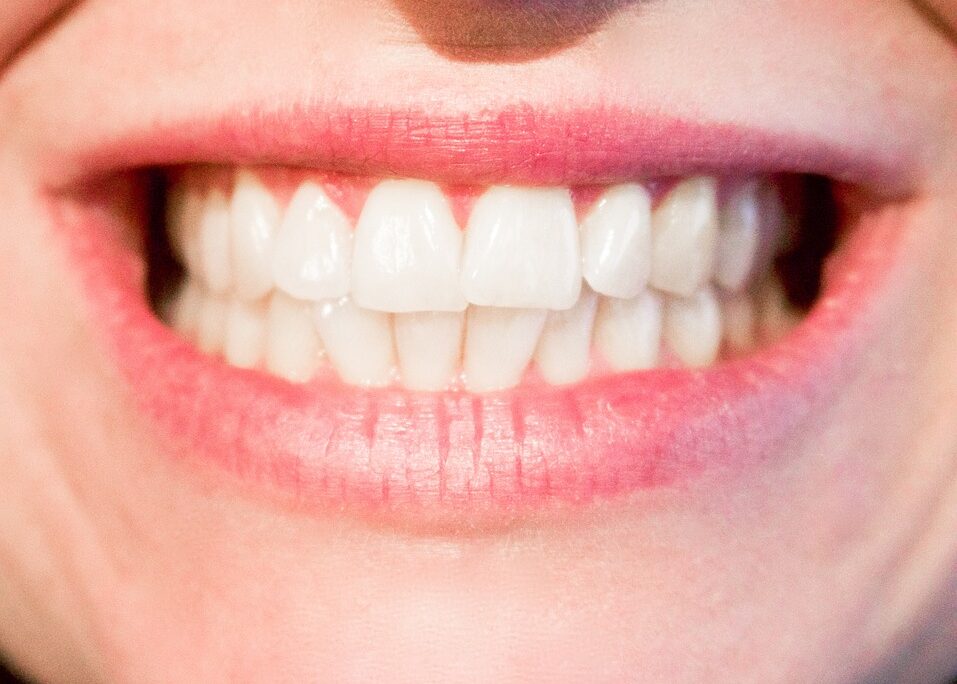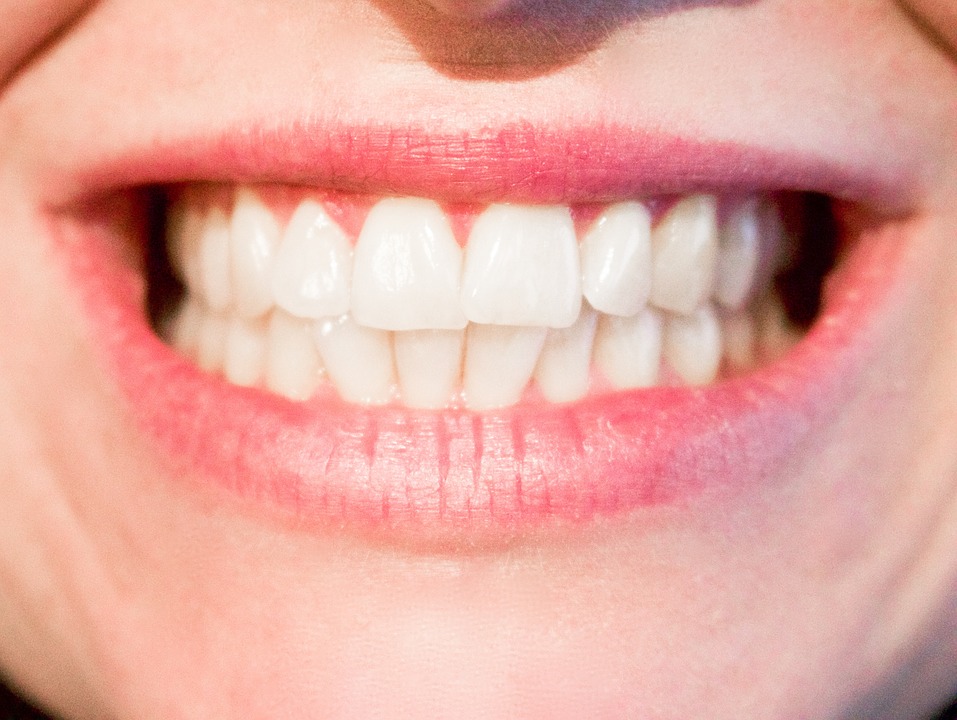Your toothbrush is the most valuable tool you own to keep your smile healthy and your mouth happy. As with any tool, proper use and maintenance are essential for the best results. There are many types of toothbrushes available to fit your budget and your lifestyle. With a few exceptions, these tips apply to all toothbrushes.
Brushing removes food particles and plaque, stimulates blood flow to keep gums healthy or reduce existing inflammation, and helps remove unsightly stains and harmful substances such as acid from citrus juice or sugar from soda. Toothbrushes with the ADA seal have been proven to be effective at accomplishing these goals.
American Dental Association (ADA ) Seal. Toothbrushes displaying the ADA seal have smooth bristle tips which are safely attached tips and sturdy handles. They remove plaque, reverse early gum disease, and are safe to use without damaging dental hardware, restorations or appliances. Soft nylon bristles with rounded ends are generally better than medium or hard bristles. Many toothbrushes also contain an outer row of longer bristles which fit between teeth, or teeth and appliances, for more thorough cleaning. Rounded bristles are much healthier on gum tissue than pointed bristles
Brushing technique: The ADA has established specific guidelines for brushing. To get the maximum benefit from your toothbrush:
1) Use a light touch. Brushing too hard can cause damage to both teeth and gums;
2) Brush for at least two minutes;
3) Brush with a toothbrush held at a 45-degree angle to teeth and gums;
4) Brush in a circular motion instead of a back-and-forth motion;
5) Brush at least twice a day.
Your toothbrush’s handle should fit comfortably in the palm of your hand, and the head should be small enough to comfortably maneuver to all the surfaces of your teeth. A 45-degree angle is the most effective position to reach all areas, and a circular motion is most effective at moving plaque away from gums.
Research has demonstrated that two minutes is the minimum amount of time required for a thorough cleaning and that the average American brushes for only about a minute. Using a toothbrush with a timer ensures that the correct amount of time is spent brushing. Individuals with arthritis or similar conditions may find that using a power toothbrush is more comfortable than using a manual one.
Brushing before sleeping is best, since saliva production is reduced during sleep. Saliva helps keep bacteria and plaque in check; brushing before bed helps to eliminate any bacteria which would otherwise thrive in the absence of saliva.
Toothbrush hygiene. That’s a lot to expect from your toothbrush! Like any other tool, toothbrushes wear out. Do not skimp on replacement toothbrushes/heads. Any savings in replacement costs will not compensate for the damage that is caused by continuing to use a worn-out toothbrush. Worn out bristles irritate gum tissue and harbor bacteria. Manual toothbrushes and power toothbrush heads need to be replaced every three months and after illness or oral surgery. Some manual brushes and brush heads are equipped with bristles which change color when they need to be replaced.
Flu viruses and bacteria from dental infections can live on toothbrushes brushes; replacing toothbrushes after these events reduce the possibility of cross-contamination and re-infection. Don’t ever share a toothbrush, and be sure to keep your toothbrush sanitary between changes by thoroughly rinsing after each use and storing it in an upright position to allow it to dry. For more Information Contact MPLS Dental Now!
